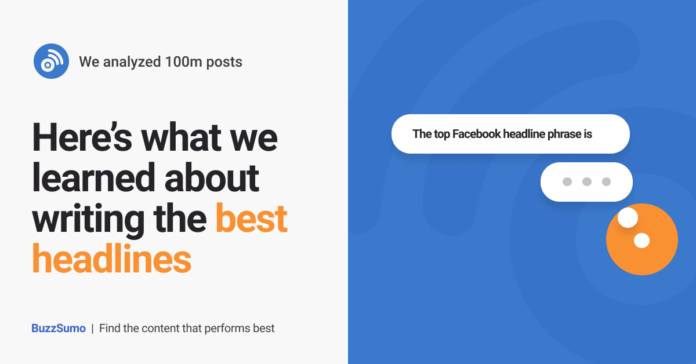What the marketing experts think
Heidi Cohen
Chief Marketing Officer, Actionable Marketing Guide
This update to BuzzSumo’s 2017 100m Headline Analysis reflects how the marketing landscape has changed over the last 5 years. Most notably, it reveals 3 key customer behavior changes due to the pandemic:
- Content saturation continues to overwhelm all customers. As a result, they focus on shorter headlines, 11 words or a maximum of 65 characters. At a minimum, front load your headline’s key message.
- Trust outweighs other content factors for all customers. If your audience doesn’t trust you and the platform where you publish, then they won’t look at your content! So branding matters more than ever.
- Social media use replaced real life interactions during the pandemic. People turned to Facebook to keep up with the people they no longer were able to see face-to-face. At the same time, others spent less time on Twitter since they got their information through other channels and sources.
Based on these results, I recommend that marketers focus on core marketing basics to ensure that they get the most out of their marketing investment over the long-term.
Further, as the world emerges from the pandemic, continue to talk to your existing customers to determine how their needs may have changed.
Also test new options for reaching your broader audience.
Julian Shapiro
Founder, Demand Curve
One of the highest signal-to-noise reports on content marketing. This is the type of data that BuzzSumo can uniquely put together.
Rand Fishkin
Founder, SparkToro
If you’re a content creator, strategist, or marketer, reviewing data at scale from this study is a very wise investment. It won’t just help you with writing headlines (though it’s absolutely valuable for that), but with contrasting what’s worked in the past vs. what works today. Clickbait, emotional triggers, listicles, conspiracy content, and quizzes have long held a dominant position in how marketers think about what works on social media platforms. BuzzSumo’s research confirms some of those, mythbusts others, and illuminates the nuance of what’s really working.
Ross Simmonds
Founder, Foundation
It’s fascinating to see that years after BuzzFeed shook up the journalism industry with “click friendly” headlines that they’re now being adopted by the masses and even those who originally pushed back on the approach. The success of incorporating instructional copy such as “you need to” and “you should” is an amazing insight that more brands should consider applying to in their headline writing. At the end of the day, this entire study showcases the importance of understanding human psychology and the human desire of not missing out on information that is important to our circles.
Brian Dean
Founder, Backlinko
Fascinating to see that instructional headlines work best on Facebook. That’s a huge shift from the heyday of Facebook organic, which was all about BuzzFeed-style clickbait. This data shows that it’s possible to get content in front of your audience on Facebook. But today’s Facebook users need to know that the content is going to teach them something new.
Amanda Milligan
Marketing Director, Fractl
I find the “instructional” headline trend fascinating, because I’ve definitely noticed it gaining popularity over recent years, and I’d bet it’s in response to people’s growing desire to hear and learn from experts. When headlines feature this type of language — “everything you need,”,“why you should,” “this is the best,” etc. — it inherently demonstrates authority. That news source isn’t just providing you with information; they’re saying they know what’s best. I’d encourage brands to consider the authority they carry in their space and how they can leverage that to benefit readers through this sort of content.

